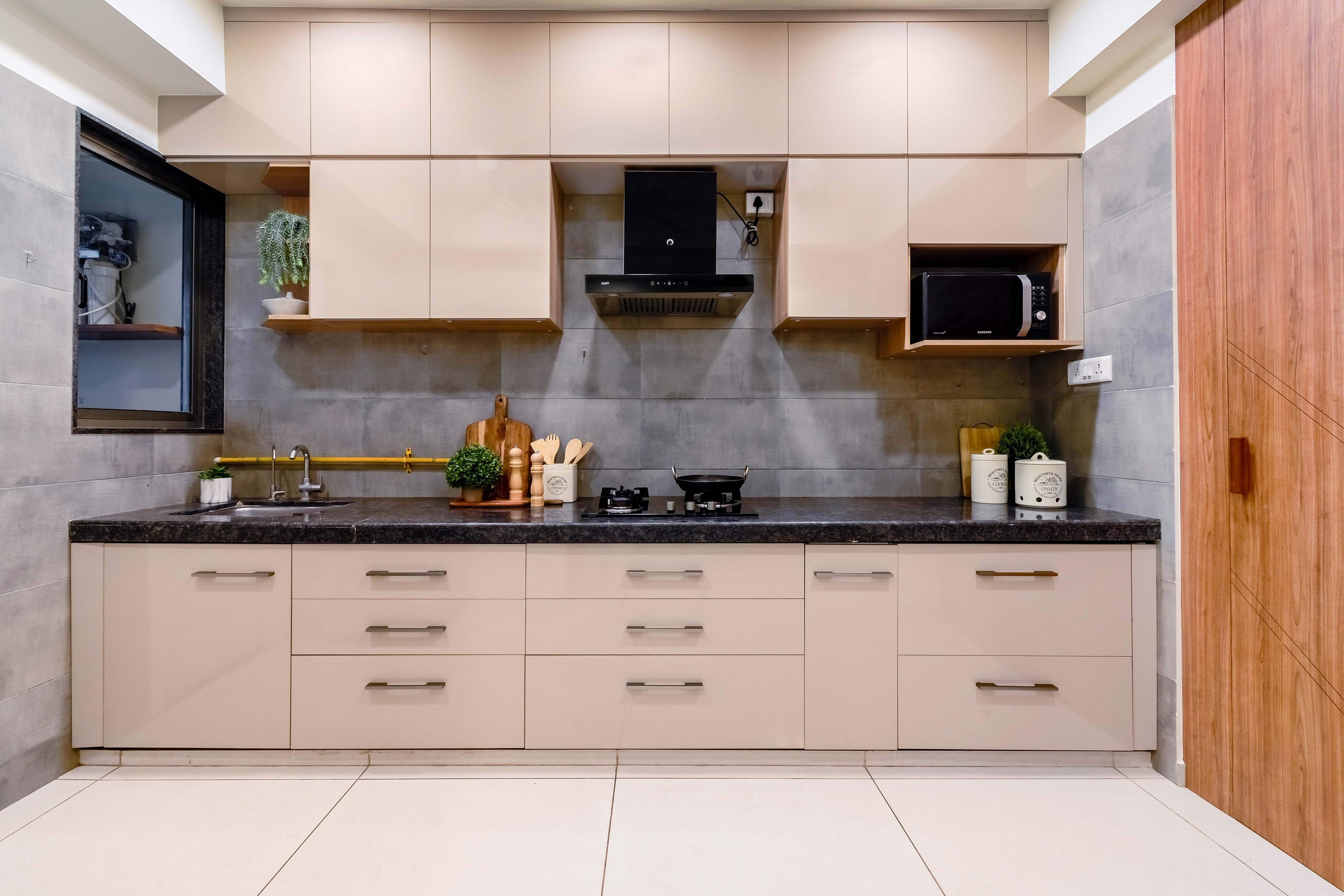
Kitchen Challenges: Designing for Effortless Meal Preparation is critical for a seamless and enjoyable cooking experience. A poorly designed kitchen can be a major source of frustration, turning simple meal preparation into a chore. This thorough guide will delve into the key kitchen challenges, offering practical solutions and strategies to create a functional, efficient, and enjoyable space for preparing delicious meals. We’ll explore the importance of thoughtful design choices, from layout and appliance integration to clever storage solutions. This article is structured to cover the full spectrum of kitchen challenges and solutions, including considerations for varied kitchen layouts and budgets. Learn how to address common kitchen pain points, from limited counter space to inconvenient storage solutions, and transform your kitchen into a culinary haven. This article will explore various key areas of kitchen design and solutions for a smooth meal-prep journey.
Understanding the Core Kitchen Challenges
determineing Common Pain Points
Kitchen challenges aren’t just about aesthetics; they’re about functionality. Common problems often stem from poor initial planning. A cramped workspace, inconvenient storage, and an inefficient workflow can significantly impact the quality of cooking experience and overall home life. In a world of fast-paced living, having a kitchen that supports streamlined meal preparation is no longer a luxury, but a requirement. Kitchen layout and organization are crucial to ensuring cooking is a positive and not time-consuming facet of your daily routine. Many of these issues are easily addressable with careful planning and creative solutions. For example, many kitchens lack proper counter space for preparation. This can lead to frustration when trying to efficiently chop vegetables or mix ingredients.
Optimizing Workflow: Streamlining Your Kitchen
Streamlining Kitchen Flow
Efficient kitchen workflow is a direct reflection of a well-designed layout. A key facet of optimizing workflow is creating a natural flow between preparation, cooking, and cleanup zones. The kitchen should feel like a well-oiled machine, moving from one task to the next with minimal effort. A well-planned kitchen will have prep areas strategically positioned near cooking stations, maximizing efficiency. For example, placing a chopping board near the sink and cutting board area can significantly improve workflow when prepping and cleaning up. By creating an intuitive flow, the cooking process becomes more enjoyable and less stressful, leaving more time for other activities. A well-designed layout should reduce excessive movement within the kitchen, and it’s here where the right choices are so crucial. Consider the placement of your appliances and storage areas to minimize unnecessary steps and maximize efficiency.
Appliance Integration: Choosing the Right Tools
selecting Appliances for Ease of Use
The right appliances can significantly streamline meal preparation. selecting appliances with specific functions, especially those suited for meal preparation and cleanup tasks, is essential. Consider attributes like built-in sous vide cooking systems or integrated dishwashers for a true time-saving kitchen solution. In many cases, it’s not just about the appliances themselves; it’s about how they fit into the overall kitchen layout and workflow. An underutilized or inconveniently placed appliance can become a frustrating hindrance in an otherwise functional kitchen.
Smart Storage Solutions: Maximizing Space
Utilizing Space Effectively
Effective storage solutions are key to maintaining a functional and clutter-complimentary kitchen. Incorporate pull-out drawers, stackable shelves, and vertical storage units to maximize your limited kitchen space. Consider unique storage solutions like wall-mounted organizers and corner-specific cabinets to tackle those tricky storage spots. Maximize space to reduce stress and make cooking a less stressful process.
Designing for Accessibility: Catering to Diverse Needs
Creating a Kitchen for Everyone
Kitchen design should consider the needs of all household members. Universal design principles can help create a space that’s accessible to everyone, regardless of age or physical ability. This could include adjustable countertops, accessible cabinet access, or dedicated storage areas. Designing for accessibility can often make a kitchen feel more inviting for everyone involved.
In conclusion, designing kitchens for effortless meal preparation involves careful consideration of workflow, storage solutions, and appliance placement. By implementing these strategies, home cooks can significantly reduce stress and boost their enjoyment of the culinary experience. This translates to more time spent cooking and eating with loved ones and less time spent struggling with inconvenient layouts. Ready to start designing your dream kitchen? Contact us today for a complimentary consultation!